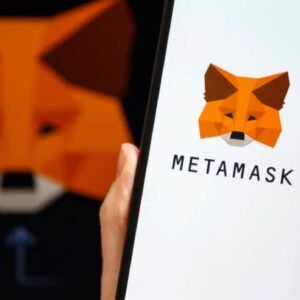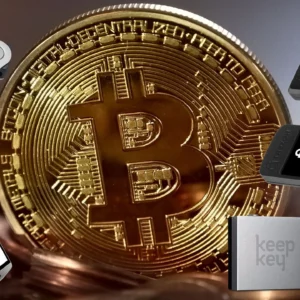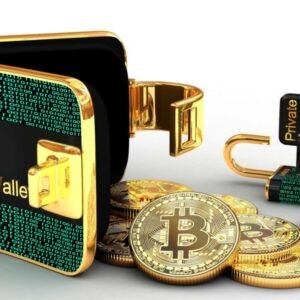Uniswap is a set of computer programs that run on the Ethereum blockchain and allow for decentralized token swaps. It works with the help of unicorns (as illustrated by their logo). Uniswap is an automated ethereum-based crypto exchange with its own governance token, UNI.
Traders can exchange Ethereum tokens on Uniswap without having to trust anyone with their funds. Meanwhile, anyone can lend their crypto to special reserves called liquidity pools. In exchange for providing money to these pools, they earn fees.
The Uniswap Protocol is an open-source protocol for providing liquidity and trading ERC20 tokens on Ethereum. It eliminates trusted intermediaries and unnecessary forms of rent extraction, allowing for safe, accessible, and efficient exchange activity. The protocol is non-upgradable and designed to be censorship resistant.
The Uniswap Protocol and the Uniswap Interface were developed by Uniswap Labs.
What is Uniswap?
Uniswap is a completely different type of exchange that‘s fully decentralized – meaning it isn’t owned and operated by a single entity – and uses a relatively new type of trading model called an automated liquidity protocol (see below).
Uniswap is a decentralized exchange protocol built on Ethereum. To be more precise, it is an automated liquidity protocol. There is no order book or any centralized party required to make trades. Uniswap allows users to trade without intermediaries, with a high degree of decentralization and censorship-resistance.
The Uniswap platform was built in 2018 on top of the Ethereum blockchain, the world’s second-largest cryptocurrency project by market capitalization, which makes it compatible with all ERC-20 tokens and infrastructure such as wallet services like MetaMask and MyEtherWallet.
Uniswap is also completely open source, which means anyone can copy the code to create their own decentralized exchanges. It even allows users to list tokens on the exchange for free. Normal centralized exchanges are profit-driven and charge very high fees to list new coins, so this alone is a notable difference. Because Uniswap is a decentralized exchange (DEX), it also means users maintain control of their funds at all times as opposed to a centralized exchange that requires traders to give up control of their private keys so that orders can be logged on an internal database rather than be executed on a blockchain, which is more time consuming and expensive. By retaining control of private keys, it eliminates the risk of losing assets if the exchange is ever hacked. According to the latest figures, Uniswap is currently the fourth-largest decentralized finance (DeFi) platform and has over $3 billion worth of crypto assets locked away on its protocol.
How Uniswap works
Uniswap runs on two smart contracts; an “Exchange” contract and a “Factory” contract. These are automatic computer programs that are designed to perform specific functions when certain conditions are met. In this instance, the factory smart contract is used to add new tokens to the platform and the exchange contract facilitates all token swaps, or “trades.” Any ERC20-based token can be swapped with another on the updated Uniswap v.2 platform.
Uniswap is an automated market maker. In practical terms, it is a collection of smart contracts that define a standard way to create liquidity pools, provide liquidity, and swap assets.
Each liquidity pool contains two assets. The pools keep track of aggregate liquidity reserves and the pre-defined pricing strategies set by liquidity providers. Reserves and prices are updated automatically every time someone trades. There is no central order book, no third-party custody, and no private order matching engine.
Because reserves are automatically rebalanced after each trade, a Uniswap pool can always be used to buy or sell a token — unlike traditional exchanges, traders do not need to match with individual counterparties to complete a trade.
In this video, we explain what the Uniswap Decentralized Exchange is, including the purpose of it and the reason for the UNI …






